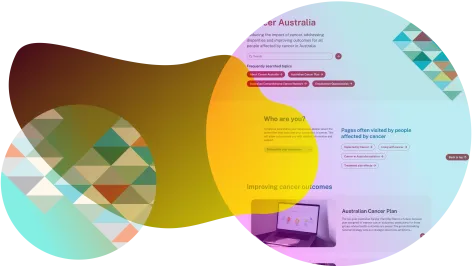
Turbo-charging Drupal with GovCMS PaaS
Together with Paper Moose, we teamed up with Cancer Australia to rebuild their consolidated website on GovCMS PaaS. This was our first live Drupal 11 website project.
Learn how we built our most modern website to date with GovCMS.






